Prune a Pomegranate
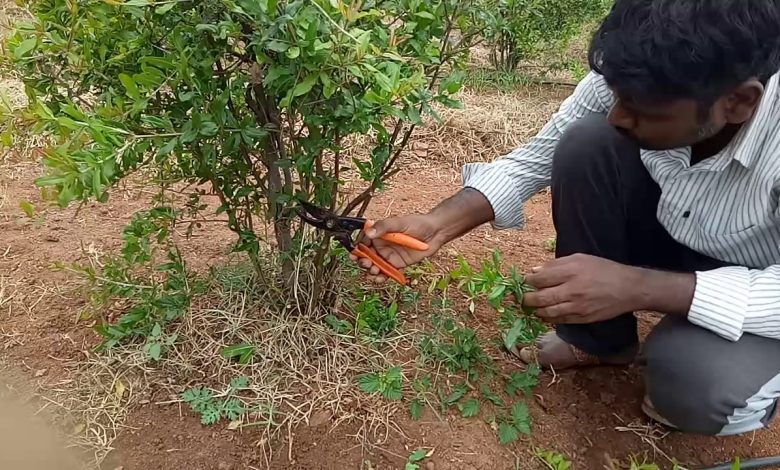
Do you have one or several pomegranate trees in your garden?
It is important that you know when and how to prune them.
The benefits of pruning are multiple. Not only will they improve the health of your pomegranate, but it is also very possible that they will give you a greater number of fruits and that they will have more caliber (size).
In this article, we delve into pomegranate pruning and try to answer all the questions that have arisen in caring for this wonderful tree.
Can you come with us?
Why is it important to prune a pomegranate tree?
Pruning fruit trees has three main benefits: directing nutrients to the fruiting branches, keeping the tree safe from pests and diseases, and shaping it. Each of these things plays a vital role in the long-term health of your tree and its ability to produce fruit.

Direct the nutrients
Pruning your pomegranate tree helps direct nutrients to the main fruiting branches. When dead, tangled, or low-producing branches are removed, oxygen, water, and other vital elements are encouraged to nourish the remaining branches.
They feed better, so to speak. That extra attention will help the tree flourish because it has more nutrients for fewer branches and can use them more efficiently.
Reduces the risk of diseases and pests
Fruit trees are most vulnerable to disease or pests right after harvest, when temperatures begin to drop. During this time, it is common for fungal spores to infect fallen leaves or dying branches.
The same goes for pest infestations. Many fruit pests lay their eggs on the tree to keep them safe during the window. When spring comes, they hatch and overwhelm the tree, by which time it is often too late to save it.
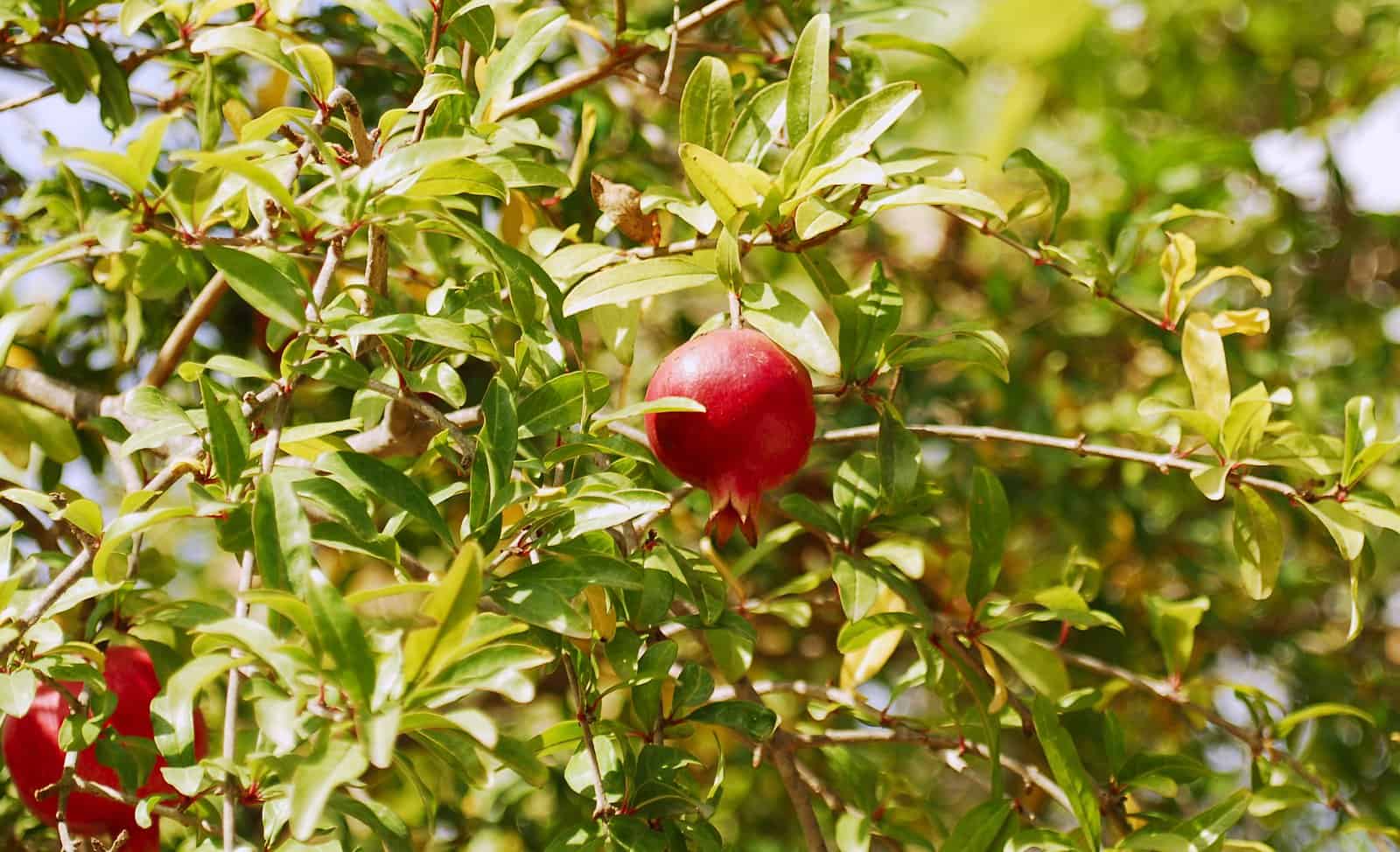
This is why pruning in the fall, just after harvesting the pomegranates from the tree, can be so helpful. By removing dead or crossing branches, you remove the vulnerable points of the tree, which are the ones most likely to attack by invaders.
You may also be removing spores or larvae that are already present. Be sure to remove pruning debris from the area when you’re done. The best option is to burn them. This will ensure that they do not re-infect the tree from the ground.
Shape and train the tree
Training is a term used to refer to shaping a fruit tree.
This may mean cutting it down to fit a small garden, a greenhouse, or even a pot. However, it can also simply mean cutting down a fruit tree in a way that allows it to get the most nutrients from its surroundings.
Although the formation is slightly different for each variety of fruit, it usually involves the opening of the crown of the tree. To do this, you have to remove the interior branches so that the sun reaches the exterior stronger and the central trunk.
However, as pomegranates can be grown in both tree and bush form, there are more things to consider when it comes to training.
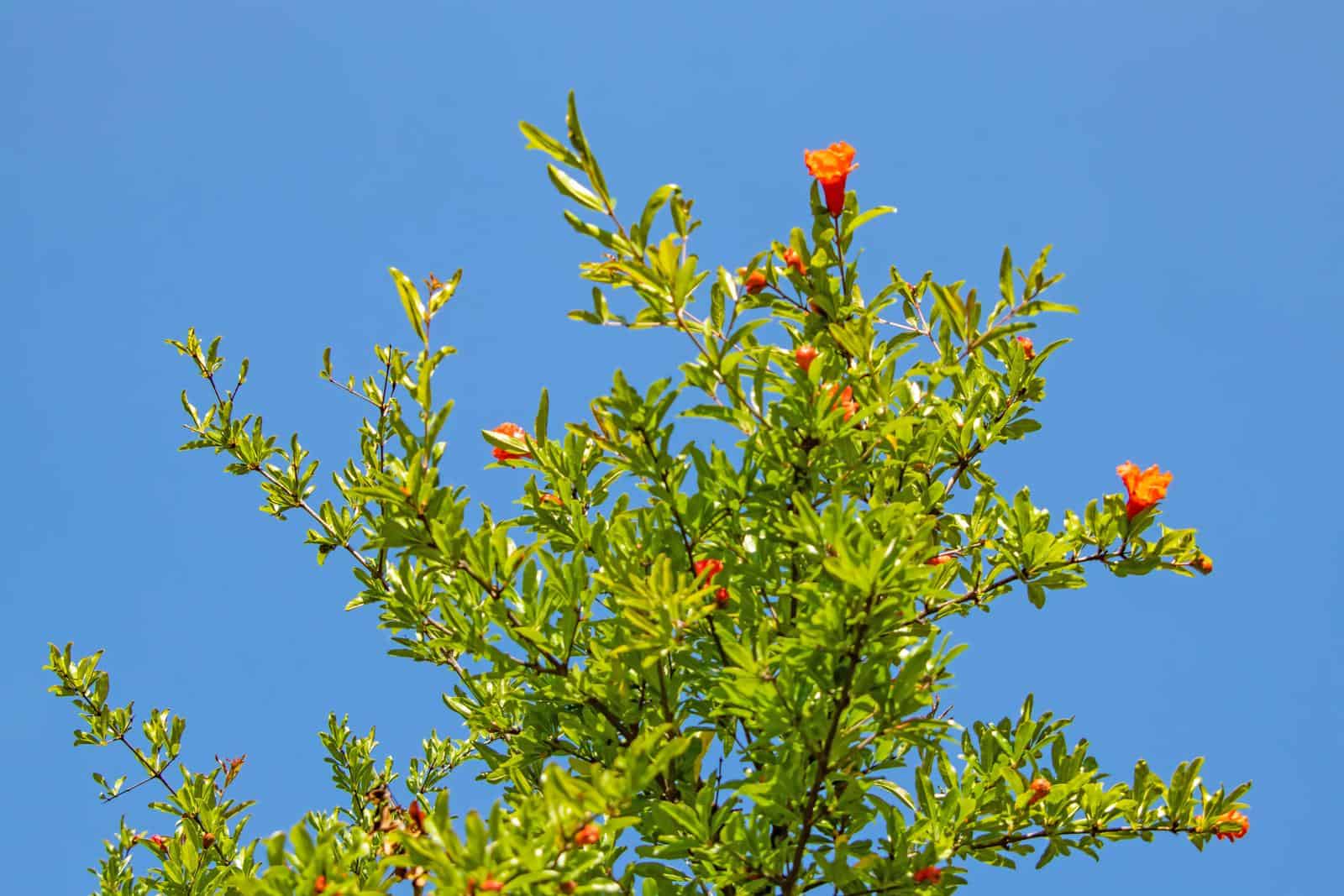
When to prune a pomegranate?
Pomegranates are a fall and winter fruit, with the earliest varieties ready for harvest in September. Pomegranate should be pruned just after harvest, preferably once the tree goes dormant for the winter.
However, light to moderate pruning – just enough to open the canopy – can be done in late summer.
What tools are needed to prune a pomegranate tree?
To prune a pomegranate tree, you will need some basic tools. Not all of them will be necessary if you have a small pomegranate tree, but they will come in handy if you have a mature tree.
Basic pruning tools include pruning shears, loppers, and pruning saws with different handles. Good gardening gloves are also a must.
gardening gloves
Wearing gardening gloves can save you a lot of trouble.
From sticking a splinter or spike that can get infected, to also reducing the risks of possible cuts with saws or scissors.
Pruning shears
Pruning shears or hand shears are used to cut smaller branches (usually less than an inch in diameter). They are made to provide sharp, clean cuts without damaging plant tissue.
As you can imagine, they are extremely sharp!
The largest shears, called bypass shears, have very long handles that allow you to reach high up in the tree. They are made to cut the thickest branches. Due to their sturdiness and the way you’ll need to use them, offset shears can be tiring, so make sure you pace yourself as you work.
- To know more: Analysis of the best scissors to power your plants.
pruning saw
A pruning saw differs from a basic woodworking saw in one key way. Instead of having the blades face out, causing it to cut on the push stroke, a pruning saw cuts on the pull stroke.
The pruning saw can be manual or electric.
This allows you to make a clean, neat cut that causes minimal damage to the tree.
How to prune a pomegranate tree in its early years
If you have planted a fruit tree before, you know that caring for a young tree is different from caring for a mature tree. Trees less than two or three years old have very different needs. You will need to be especially careful when pruning your pomegranate tree in the early years so as not to destroy the growth before it is fully established.
The first year after planting the rootstock, cut the tree or shrub down to a maximum of 80 centimeters.
Next, remove all the suckers from the trunk. Prune in late winter, but before the plant starts to sprout again.
During this time, trim the branches to two-thirds of their length. Remove all branches that cross each other and keep each branch with about three or five offshoots.
This is the most intense pruning you will do to your pomegranate tree.
As the tree ages, heavy pruning will remove productive branches, reducing fruit production. For this reason, you’ll need to prune much more lightly once the tree is established (usually by the third year).
How to Prune a Ripe Pomegranate Tree
As we have said before, the pruning of a mature pomegranate tree is a much lighter task than that of a mature and established tree. You’ll only need to prune a mature pomegranate tree once a year, while it’s dormant, just like a young tree.
During pruning, focus on excess growth, removing spurs and cross branches. This will favor the passage of nutrients to the fruitful branches without damaging the future harvest.
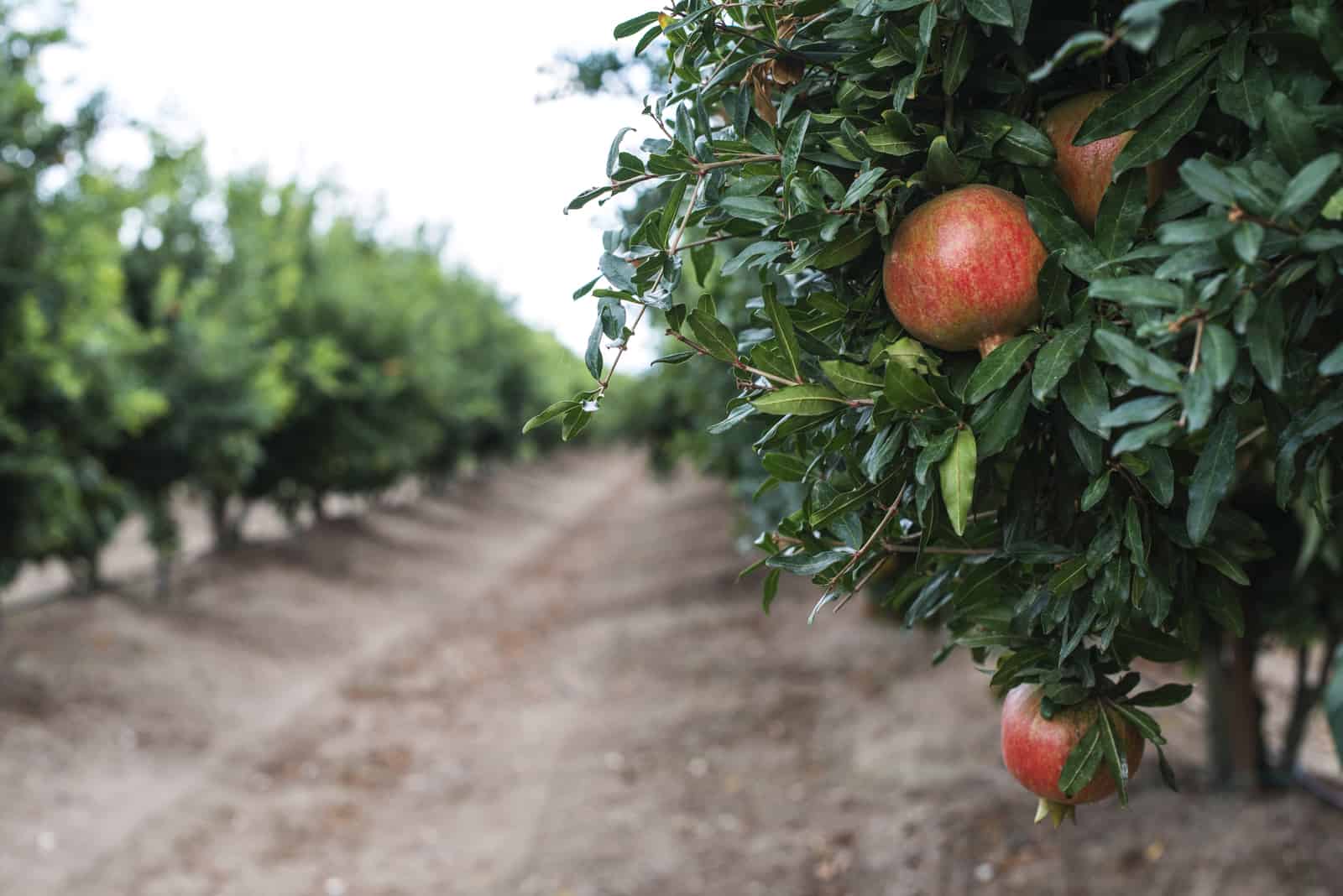
Prune a pomegranate step by step
Next we will describe step by step what you must do to correctly prune a pomegranate tree.
Step 1: Trim Branches One-Third
Trim the branches by about a third. Use pruning shears for the thinner branches and a fine-toothed pruning saw for the thicker ones. Leave between 3 and 5 buds per branch.
Finish cutting at an outward-facing shoot. In this way, the new branch will grow outward, not inward.
Leave the branches that grow out and prune the ones that grow in. This will help increase air and light circulation.
Step 2: Remove suckers and water sprouts at least once a year.
Summer is the best time to remove suckers, but if your plant is producing a lot of suckers, you’ll need to repeat the process more often. Once in late spring and once in early fall is a good rule of thumb.
Use the same method as before to remove suckers and water buds. Don’t let them grow and develop.
They will only absorb the water and nutrients that might otherwise reach your tree.
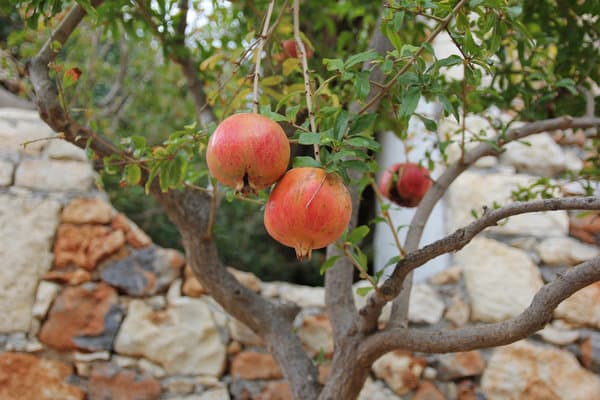
Step 3: Remove dead or damaged branches from the third winter.
Once the tree enters its third year, it is well established and does not need as heavy pruning. A light pruning in late winter is sufficient, once all danger of frost has passed.
Keep up with the hickeys and remove them as you see them.
Cut dead or diseased branches a few inches below the diseased part. Exposed wood should have a healthy appearance.
Step 4: Remove dead, diseased or interlocking branches in winter
By now, the branches may be too thick for pruning shears, so a fine-tooth saw should suffice. Cut as close to the base of the trunk or branch as possible. If you leave a log, it can harbor pests and diseases.
Also consider pruning small shoots from the ends of branches. This way you will get bigger and tastier pomegranates.
Step 5: Prune Suckers and Buds in Summer
This is something you should do throughout the life of your pomegranate tree. Suckers and water shoots are the ones that appear the most in summer, but if you see them at other times of the year, it doesn’t hurt to prune them.
Suckers and shoots will always be thin, regardless of the age of the tree, so a pair of pruning shears will suffice.
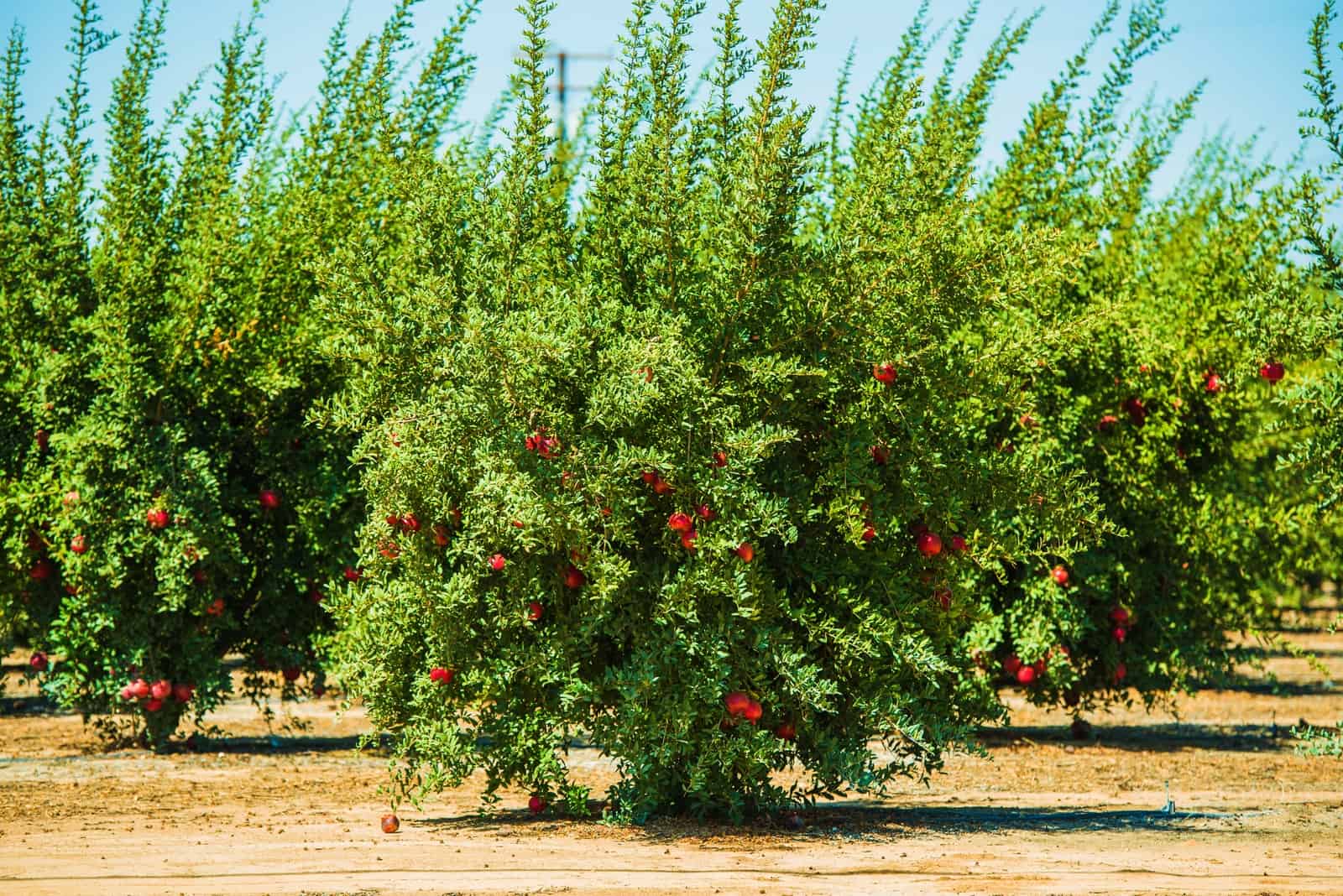
Step 6: Keep the tree at a height between 3.0 and 3.7 meters
You can let the tree grow bigger, but it will be more difficult to harvest it. This is because most of the fruit grows at the top of the tree. On a 3.0 to 3.7 m tall tree the fruit can be easily reached with a 2.7 m high ladder.
Most pomegranates reach between 3.0 and 3.7 m in height, but some varieties can grow taller. In this case, trim the shorter branches.
Step 7: Prune branches that do not bear good quality fruit
Your pomegranate tree will bear many fruits, but there may come a time when you have to choose which branches to keep and which branches to prune.
Cut the branches as close to the neck as possible. The neck is the raised ring between the trunk and the branch. If you keep all the branches, you will be preventing the healthy ones from receiving all the energy they could.
Step 8: Trim Branch Tips to Promote Growth
If the tree is still very young, just cut back the first 10 to 15 cm. If the tree is older, it would be better to cut back 30 to 61 cm. This will help expose the new wood, which will encourage further growth.
Step 9: Make sure the fruits do not weigh down the branches to the ground
Think about pruning in winter and try to do it as well as possible. If a branch is long and low to the ground, give it a gentle tug. If it touches the ground, prune it back and make it shorter.
If the fruits touch the ground, they can rot or become contaminated.
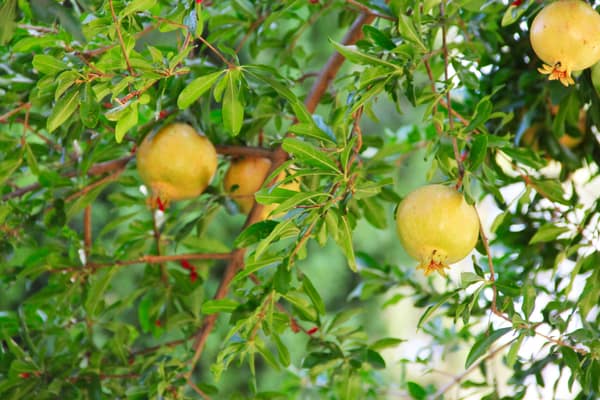
Problems that can arise in the pruning of pomegranates
When pruning your pomegranate tree, be sure to use clean, sharp scissors and make clean cuts whenever possible.
If you suspect your pomegranate is infected with bacteria or fungus, keep a solution of bleach and water nearby while you prune, and dip your scissors in it between each cut. This will prevent the spread of the disease through the tree.
Once you have trimmed the tree, remove all clippings from the area and preferably burn them. This will eliminate the risk of any pests or bacteria present re-infecting the tree and becoming a problem again, especially during the regrowth period.
How do you prune an indoor pomegranate?
If you grow an indoor pomegranate tree in a pot or greenhouse, you will need to focus much more on training, i.e. cutting it down hard to keep it small and basic.
This way, nutrients will continue to reach the fruiting branches and it will stay small enough to fit inside. If pruned correctly, even an indoor pomegranate tree should produce a good amount of fruit each year.
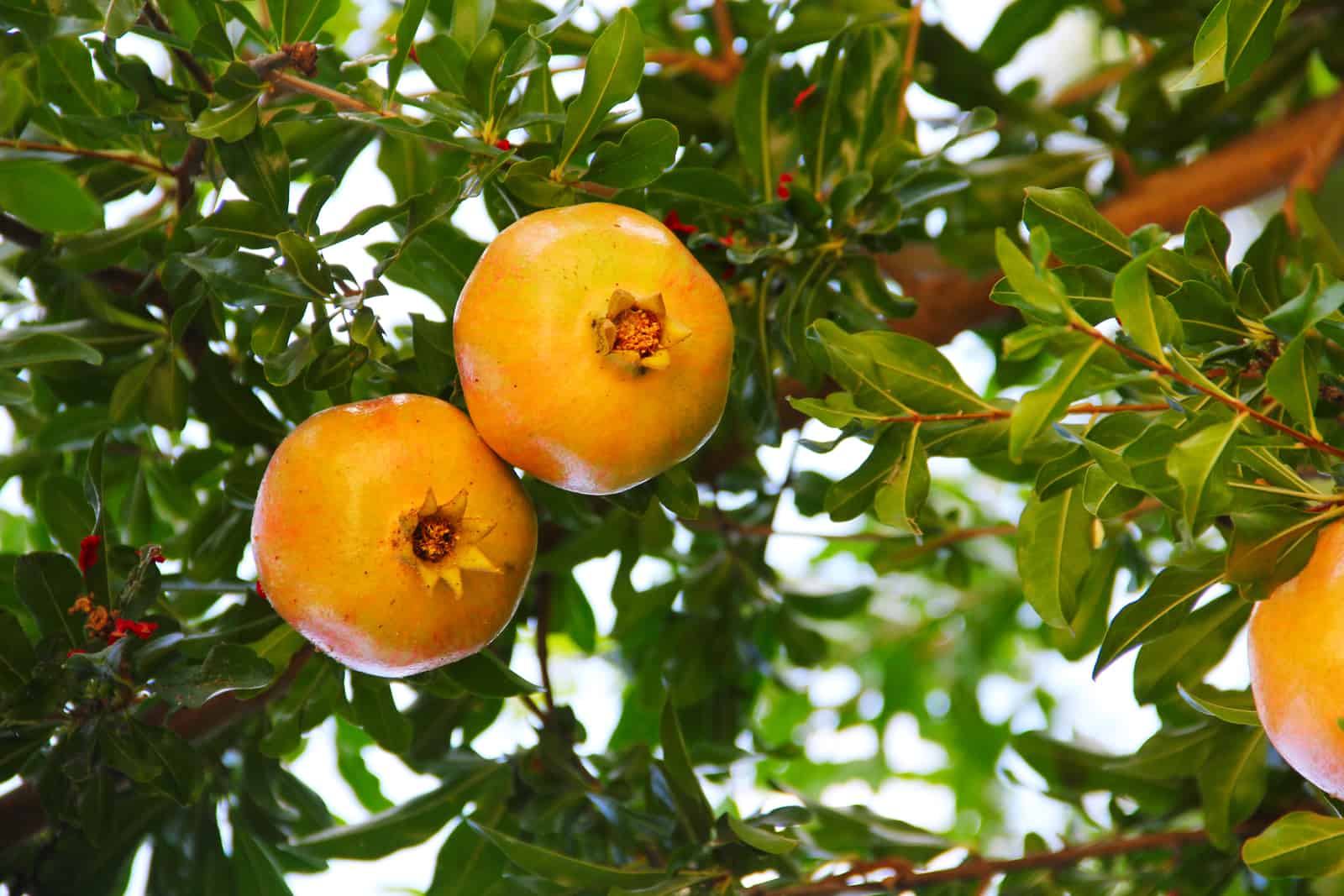
What month is the best to prune pomegranate trees?
As we discussed earlier, the best time of year to prune a pomegranate tree is in late winter.
This can vary depending on the variety of pomegranate. However, most pomegranate varieties are ready to be harvested in September or October.
Annual pruning should be done after harvest, once the tree has gone dormant.
In most regions and for most varieties, this is usually in January or February. This gives your pomegranate tree enough time to go into dormancy, but early enough that it won’t damage new shoots or growth.
How can the size of pomegranate fruits be increased?
Pruning is a great way to increase your tree’s fruit production.
But it’s also possible that it helps your tree produce larger fruit. This is because the tree’s nutrients are channeled into fewer branches, helping the remaining fruit to thrive.
If you want your fruits to grow even bigger, you can add some fertilizer.
Pomegranates need a fertilizer that is high in nitrogen. Ammonium sulfate is a very popular option that can be very effective in increasing fruit size and yield.


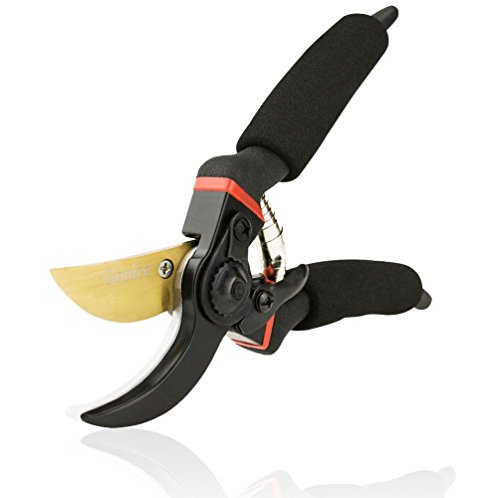
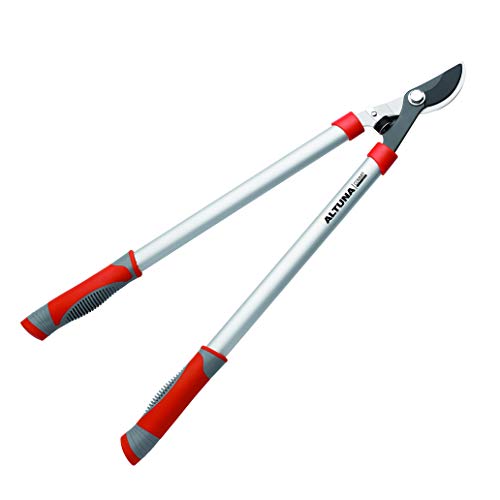
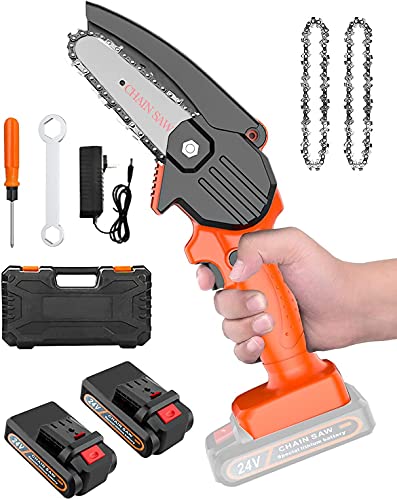

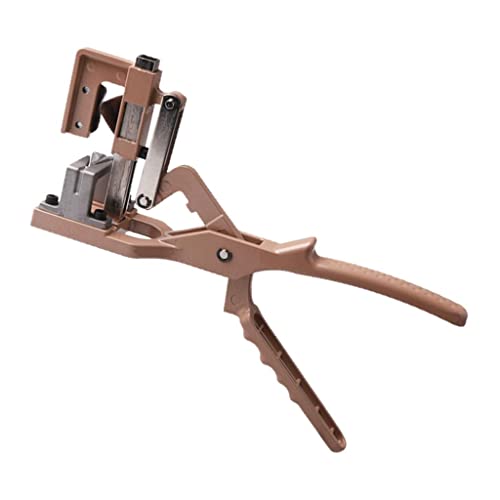
![Photo of The Caladium: [Characteristics, Planting, Care, Irrigation and Substrate]](https://www.complete-gardening.com/wp-content/uploads/2022/08/the-caladium-characteristics-planting-care-irrigation-and-substrate-390x220.jpg)
![Photo of Orange Tree Cuttings: [Grafting, Season, Rooting and Sowing]](https://www.complete-gardening.com/wp-content/uploads/2021/06/naranjo_1612620990-390x220.jpg)
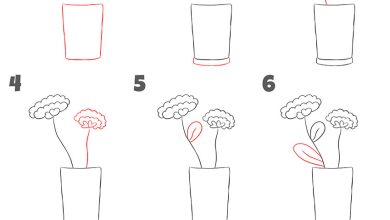
![Photo of Prune a Plum: [Importance, Season, Tools, Considerations and Steps]](https://www.complete-gardening.com/wp-content/uploads/2022/08/prune-a-plum-importance-season-tools-considerations-and-steps-390x220.jpg)